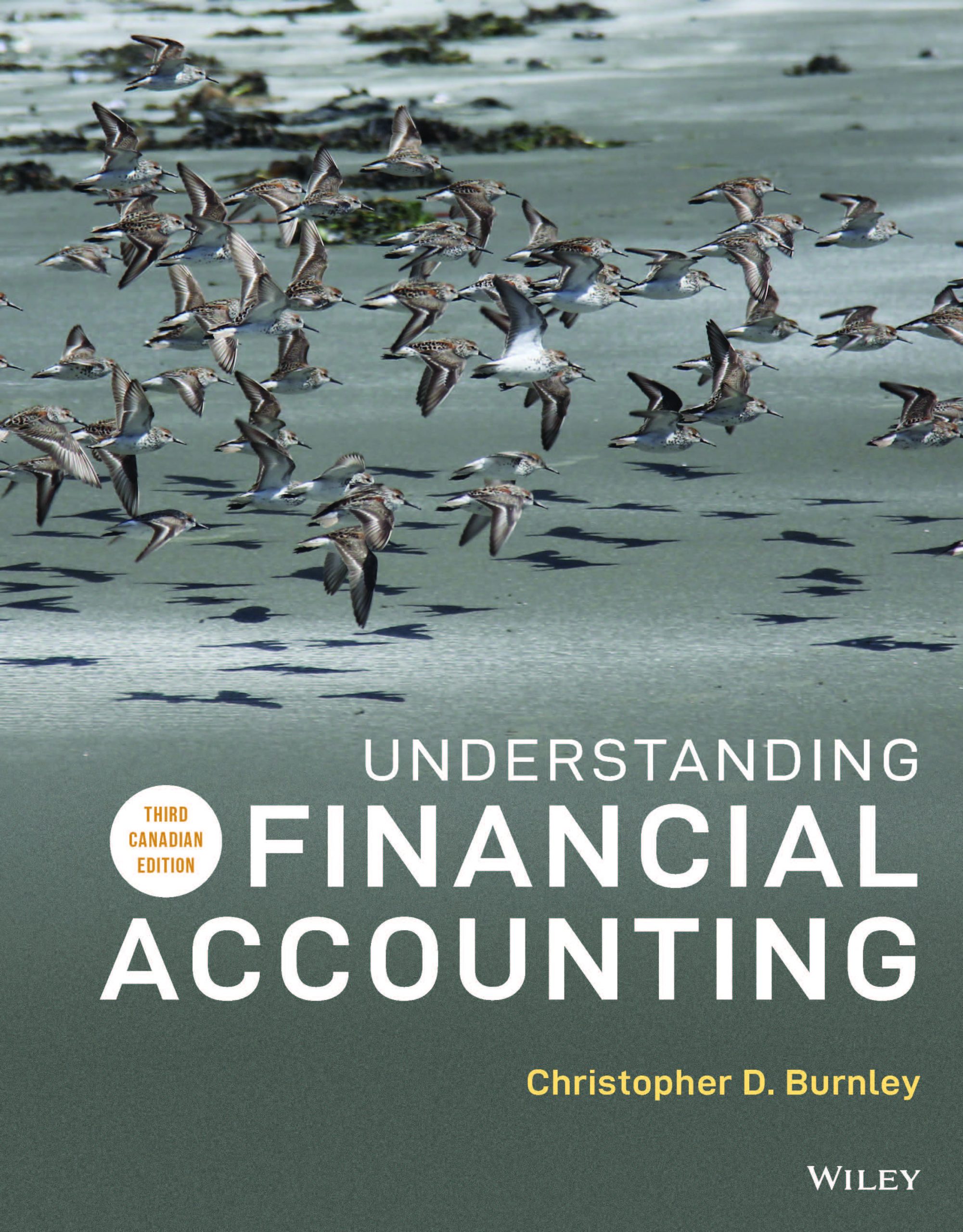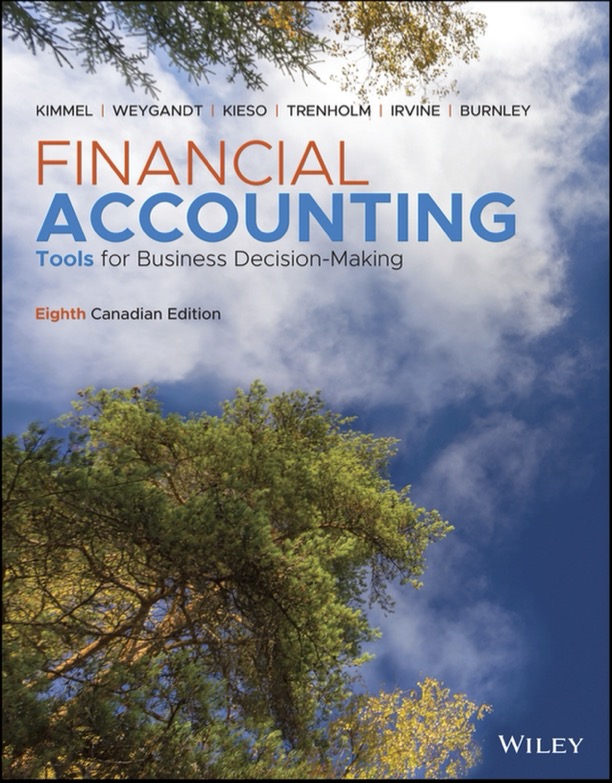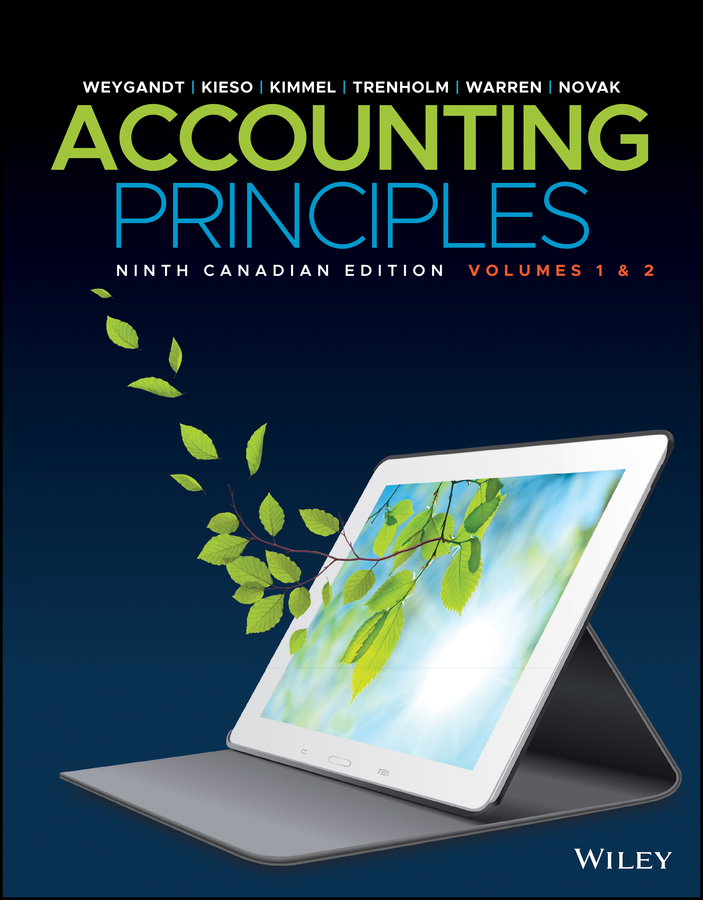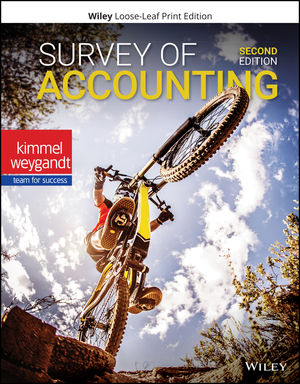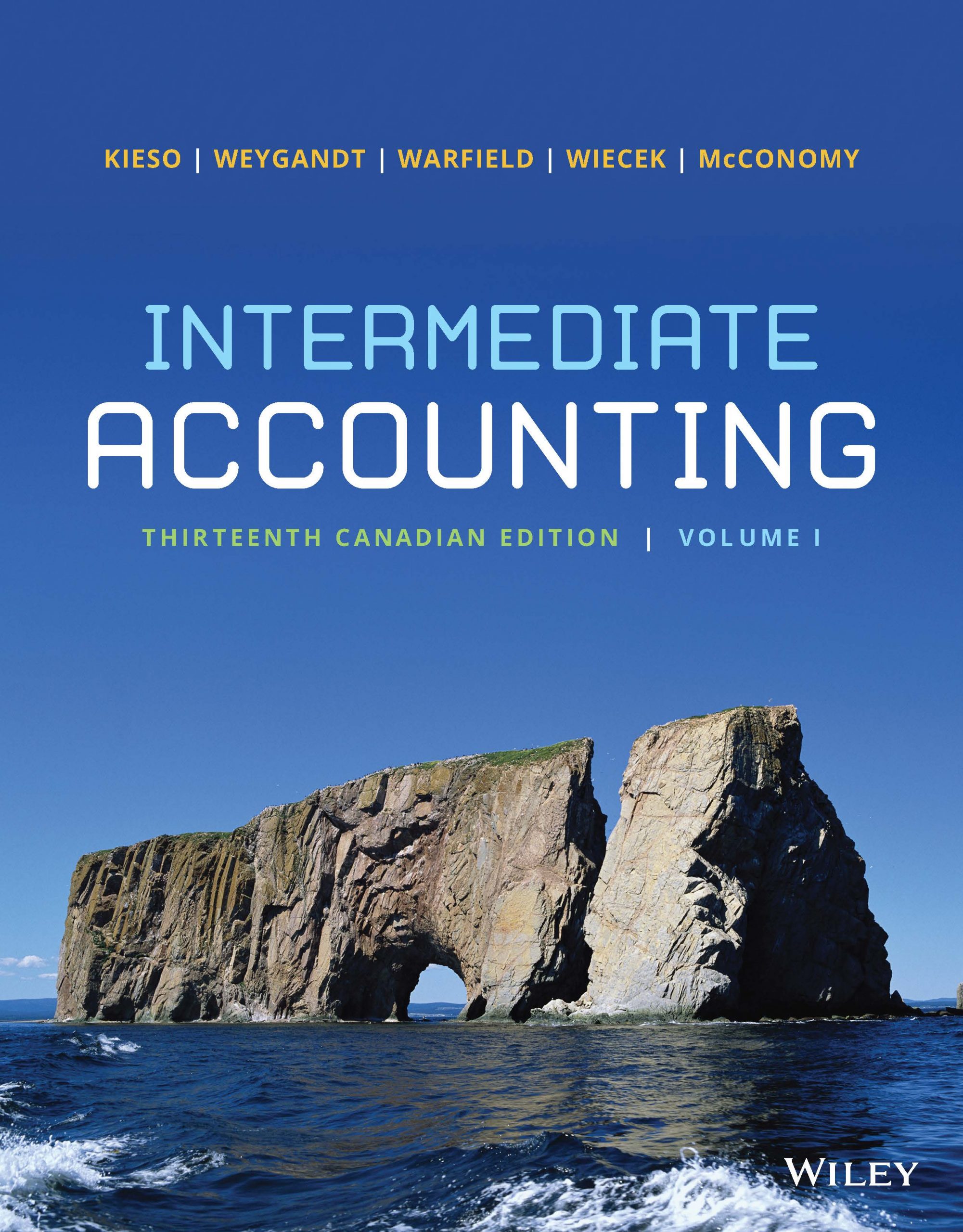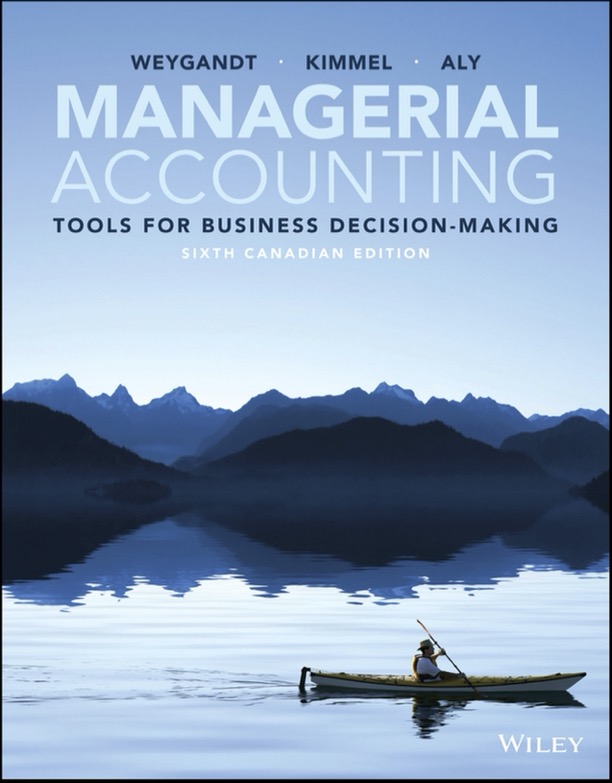According to a new study from the research firm, Audit Analytics, smaller companies that have not had auditors review their internal-control reports are more likely to have restatements than larger companies, despite their claims of effective controls. This is bad news for those small publicly traded companies who have argued that they should be exempt from this auditor-attestation requirement of the Sarbanes-Oxley Act.
QUESTIONS:
- Is a restatement the same as an error change resulting from a change in accounting principle?
- Which Section of the Sarbanes-Oxley Act requires public companies to attest to the effectiveness of their internal controls over financial reporting?
- While the largest of U.S. publicly traded companies are in their fifth year of complying with auditor assessments of internal controls, what is the deadline for these smaller “nonaccelerated” filers?
- What size are these firms (those that were given extra time to design, implement, and document controls prior to auditor attestation of their effectiveness)?
SOURCE:
Johnson, S. (2009). “Does Sarbox Reduce Restatements?” CFO (Retrievable online at http://www.cfo.com/article.cfm/14459533)

